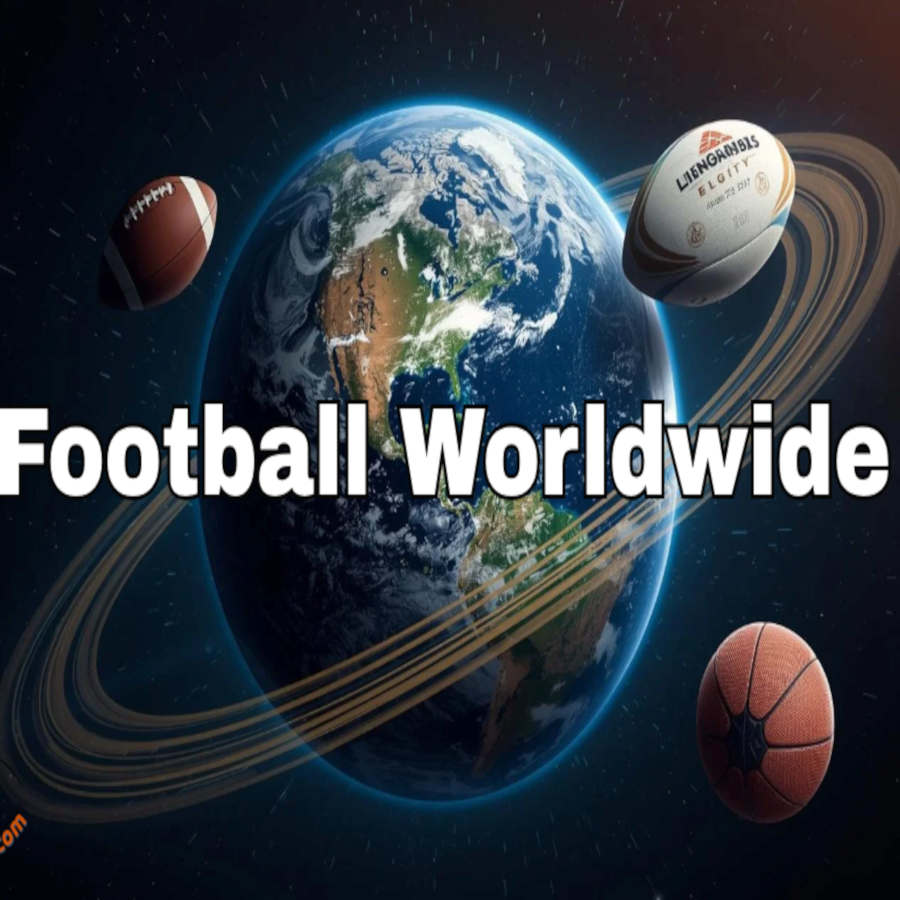It’s no secret that American football belongs to a larger global family of sports, fundamentally derived from rugby and soccer. But to truly understand the game we love, we must look beyond our borders. From the distinct codes played Down Under to the surprising linguistic origins of the word “football” itself, the sport’s history is a rich, international tapestry.
Recently, Pigskin Dispatch’s Darin Hayes spoke with Dr. Spencer Kassimir, an American expert living in Australia, to explore the global variations of “football” and how they connect to the North American game.
Here is our full interview with Dr. Kassimir on this subject:
What is “Football,” Anyway? The Shakespearean Origin
When Americans use the word “football,” they rarely stop to consider its origin, often facing criticism from soccer fans. However, Dr. Kassimir offers a compelling, verified theory that dates back to Shakespeare’s time.
The term “football”—or “foot-ball”—is believed to have originated as a class distinction, not a description of play. Aristocrats, who often played sports on horseback, would refer to the common working class as “simple footballers.” The implication? You were so poor you couldn’t afford a horse and had to play the game on foot with a ball. Thus, “football” simply meant playing a sport on foot, not that the ball was exclusively kicked.
The Divergent Codes of “Down Under”
Dr. Kasmir’s unique perspective, living in Australia, highlights the stark differences between global football codes. In Australia alone, there are four major competing codes:
- Australian Rules Football (AFL): Predominantly played in the southern state of Victoria (Melbourne being the capital). This game is characterized by being played on an oval-shaped field about three and a half times the size of an American field, and the ball is almost entirely propelled off the boot (kicked). This code is the source of many of the punters now seen in the NCAA.
- Rugby League (NRL): Popular in the northeast of Australia, this code broke off from Rugby Union in the late 19th century primarily over the issue of player payment for injuries.
- Rugby Union: The code most known globally (e.g., New Zealand’s All Blacks).
- Soccer (Association Football): Also widely played.
The difference between Australian Rules and the rugby codes is described as extremely stark—you could never mistake one for the other.
Rugby’s Influence and the Evolution of the Scrimmage
Early American football was directly influenced by rugby, a connection seen in the evolution of terms like “scrummage” and “scrimmage.”
- Scrummage/Scrimmage: Dr. Kasmir notes that these terms were largely interchangeable in the early days of football. In Australian Rules, the early contested restarts were called a scrimmage rather than a scrummage.
- The Snap: American football’s most unique feature—the flat-line scrimmage—didn’t truly solidify until games like Toronto versus Michigan (1878 or 1879). Previously, the ball was put in play by pushing it backward with the foot or, in the 1800s, by centers rolling the ball end-over-end into the quarterback’s hands.
Scoring Systems Around the World
While we know the scoring intricacies of the American game (6 for a touchdown, 3 for a field goal, 2 for a safety), other codes are entirely different:
- Rugby League: This code, which is visually the most similar to the North American game, uses four points for a try (touchdown) and two points for the conversion kick.
- Kick Location: In both Rugby Union and League, the conversion kick is attempted in line with where the ball was grounded for the try, meaning if you score near the sideline, you must kick from that challenging angle.
- No Safety: None of these codes use the concept of a “safety” as seen in American football.
The NFL Goes Global
The global popularity of the game continues to grow, with the NFL now playing games in numerous international markets like London, Mexico City, and Berlin. This international expansion is set to reach a major milestone: The Los Angeles Rams are scheduled to play a game in Melbourne, Australia, next year at the Melbourne Cricket Grounds (the MCG or “the G”)—the largest professional sports ground by capacity in the world.

